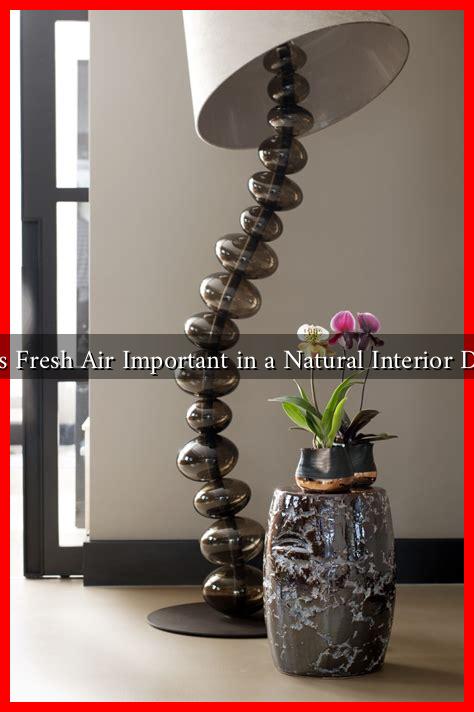-
Table of Contents
Why Is Fresh Air Important in a Natural Interior Design?
In recent years, the concept of natural interior design has gained significant traction, emphasizing the importance of incorporating elements that promote well-being and sustainability. One of the most critical aspects of this design philosophy is the inclusion of fresh air. This article explores why fresh air is essential in natural interior design, highlighting its benefits, practical applications, and the science behind it.
The Benefits of Fresh Air
Fresh air is not just a luxury; it is a necessity for a healthy living environment. Here are some key benefits of incorporating fresh air into interior spaces:
- Improved Air Quality: Fresh air helps dilute indoor pollutants, including volatile organic compounds (VOCs), dust, and allergens. According to the Environmental Protection Agency (EPA), indoor air can be two to five times more polluted than outdoor air.
- Enhanced Mood and Productivity: Studies have shown that fresh air can boost cognitive function and improve mood. A study published in the journal Environmental Health Perspectives found that increased ventilation rates in office spaces led to higher productivity levels.
- Better Sleep Quality: Fresh air can contribute to better sleep by regulating temperature and humidity levels. A well-ventilated room can help maintain a comfortable sleeping environment, leading to more restful nights.
- Health Benefits: Fresh air can reduce the risk of respiratory issues and other health problems. A study from the University of California, Berkeley, found that improved ventilation in homes significantly reduced asthma symptoms in children.
Incorporating Fresh Air into Natural Interior Design
Integrating fresh air into natural interior design involves thoughtful planning and execution. Here are some effective strategies:
- Maximize Natural Ventilation: Design spaces with operable windows, skylights, and vents to encourage airflow. For instance, homes designed with cross-ventilation can significantly reduce reliance on air conditioning.
- Use Natural Materials: Incorporate materials that promote air quality, such as bamboo, cork, and reclaimed wood. These materials not only enhance aesthetics but also contribute to a healthier indoor environment.
- Indoor Plants: Adding greenery can improve air quality and create a calming atmosphere. Plants like snake plants, peace lilies, and spider plants are known for their air-purifying properties.
- Air Purifiers: While not a substitute for fresh air, high-quality air purifiers can help remove indoor pollutants. Look for models with HEPA filters to ensure maximum efficiency.
Case Studies: Successful Implementations
Several innovative projects have successfully integrated fresh air into their designs, showcasing the benefits of this approach:
- The Edge, Amsterdam: This office building is renowned for its sustainable design, featuring a natural ventilation system that allows fresh air to circulate throughout the space. The result is a healthier work environment that enhances employee well-being.
- One Central Park, Sydney: This residential complex incorporates vertical gardens and open-air spaces, promoting natural airflow and improving air quality. Residents enjoy a unique living experience that connects them with nature.
The Science Behind Fresh Air
The importance of fresh air is backed by scientific research. According to a study published in the journal Indoor Air, increased ventilation rates can lead to a significant reduction in indoor air pollutants. Furthermore, the World Health Organization (WHO) emphasizes the link between air quality and health, stating that poor indoor air quality can lead to various health issues, including respiratory diseases and cardiovascular problems.
Conclusion
Incorporating fresh air into natural interior design is not merely an aesthetic choice; it is a fundamental aspect of creating healthy, sustainable living environments. The benefits of fresh air—ranging from improved air quality and enhanced mood to better sleep and overall health—underscore its importance in our daily lives. By maximizing natural ventilation, using eco-friendly materials, and integrating indoor plants, we can create spaces that not only look good but also promote well-being. As we continue to prioritize health and sustainability in our living spaces, fresh air will remain a vital component of natural interior design.
For more information on improving indoor air quality, visit the EPA’s Indoor Air Quality page.


